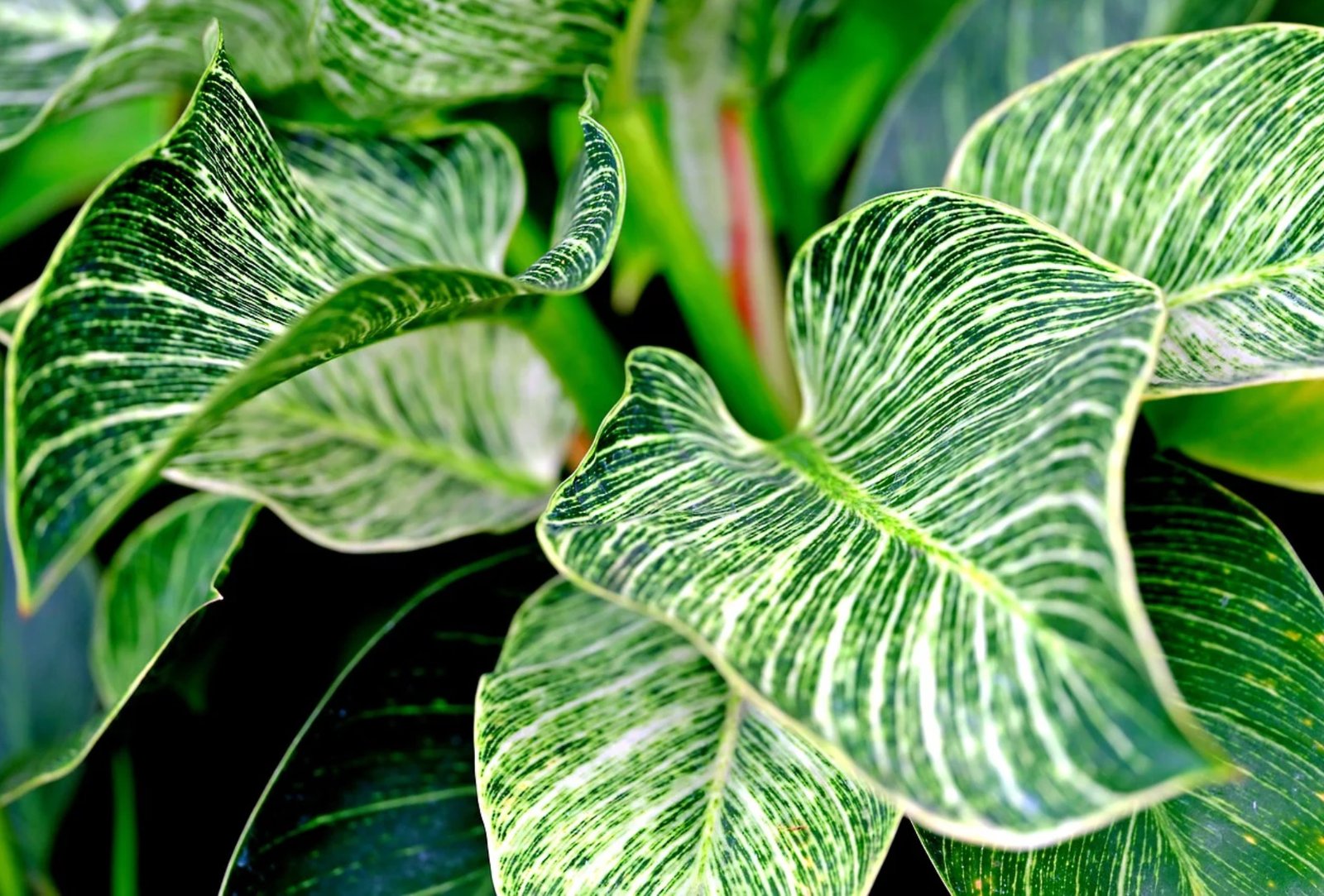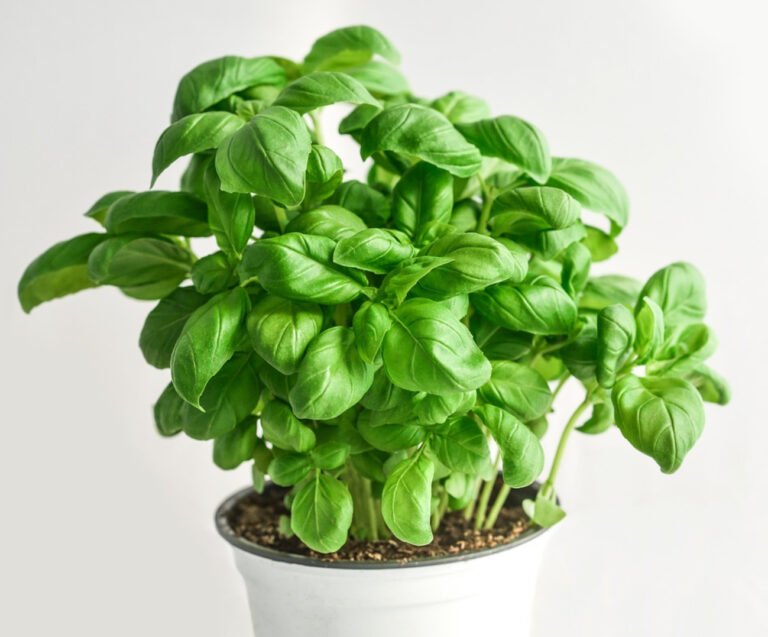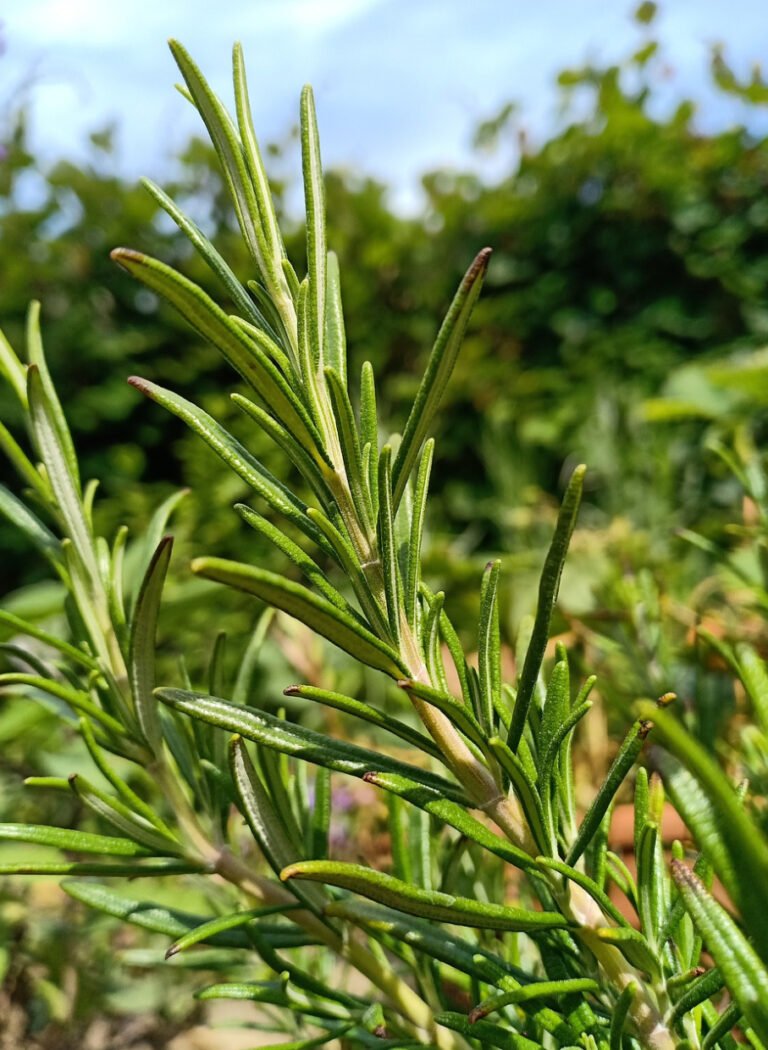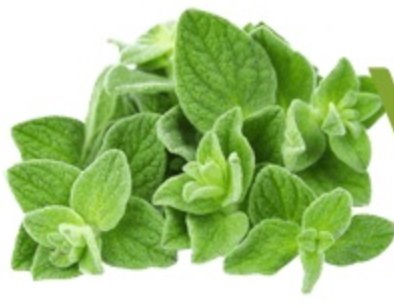When and how can we plant and care for Philodendron?


Key Points for Planting and Caring
- Care Method: Very resilient and easy.
- Placement: On shelves or in low-light corners.
- Light: Prefers low to medium, indirect sunlight.
- Watering: Keep soil moderately moist; water when the top inch of soil is dry.
- Disease Prevention: Keep leaves dust-free. Inspect for pests like aphids or mealybugs; treat with insecticidal soap if needed.
Philodendrons are popular indoor plants known for their lush foliage, and they come in many varieties, such as heartleaf, split-leaf, and philodendron Brasil. These plants are easy to care for, making them perfect for beginners and experienced gardeners alike. Here’s a guide on planting and caring for a philodendron:
1. Planting Philodendron
- Timing: Philodendrons can be planted indoors year-round. For outdoor planting, wait until spring or summer when temperatures are warm and stable.
- Potting: Use a pot with drainage holes to prevent root rot. Philodendrons prefer a pot that gives roots some room to grow but isn’t overly large.
- Soil: Choose a well-draining, airy potting mix. A blend of potting soil, perlite, and peat moss or orchid bark works well to improve aeration and drainage.
2. Planting Steps
- Partially fill the pot with soil, position the philodendron, and add more soil around the root ball, gently pressing to keep the plant stable.
- Avoid covering the plant too deeply; the base of the stems should rest just above the soil surface.
3. Caring for Philodendron
- Light: Philodendrons thrive in bright, indirect light but can tolerate low light. Low light will slow growth, while too much direct sunlight can scorch the leaves.
- Watering: Water when the top inch of soil feels dry. Water less frequently in winter, allowing the soil to dry out slightly more between waterings.
- Humidity: Philodendrons appreciate moderate to high humidity, though they can adapt to typical indoor conditions. In dry climates, consider misting the leaves or using a humidity tray.
- Temperature: Keep temperatures between 65-80°F (18-27°C). Avoid placing them in areas with cold drafts or temperatures below 55°F (13°C).
- Fertilizer: Feed monthly during spring and summer with a balanced, water-soluble houseplant fertilizer. Cut back on feeding during the fall and winter months.
4. Pruning and Maintenance
- Pruning: Prune any yellow or damaged leaves to encourage healthy growth and maintain shape. In vining philodendrons, trim back leggy stems as needed to promote fuller growth.
- Support for Vining Types: If you have a climbing philodendron, consider using a moss pole or stake for support. Attach the vines gently to encourage upward growth and larger leaves.
5. Repotting
- Repot every 1-2 years or when roots become crowded, typically in spring. Use fresh potting soil to give the plant renewed nutrients and room to grow.
6. Common Issues and Tips
- Yellow Leaves: This often results from overwatering or poor drainage. Ensure the soil dries out partially between waterings.
- Brown Tips: Low humidity or inconsistent watering can cause browning on leaf tips. Increase humidity if possible.
- Pests: Philodendrons are generally hardy but can sometimes attract pests like aphids or spider mites. Wipe down leaves with a damp cloth or use insecticidal soap if needed.
Philodendrons are forgiving, versatile plants that can thrive with basic care, adding lush greenery to any space while improving air quality indoors.
Key Points for Planting and Caring
- Care Method: Very resilient and easy.
- Placement: On shelves or in low-light corners.
- Light: Prefers low to medium, indirect sunlight.
- Watering: Keep soil moderately moist; water when the top inch of soil is dry.
- Disease Prevention: Keep leaves dust-free. Inspect for pests like aphids or mealybugs; treat with insecticidal soap if needed.




